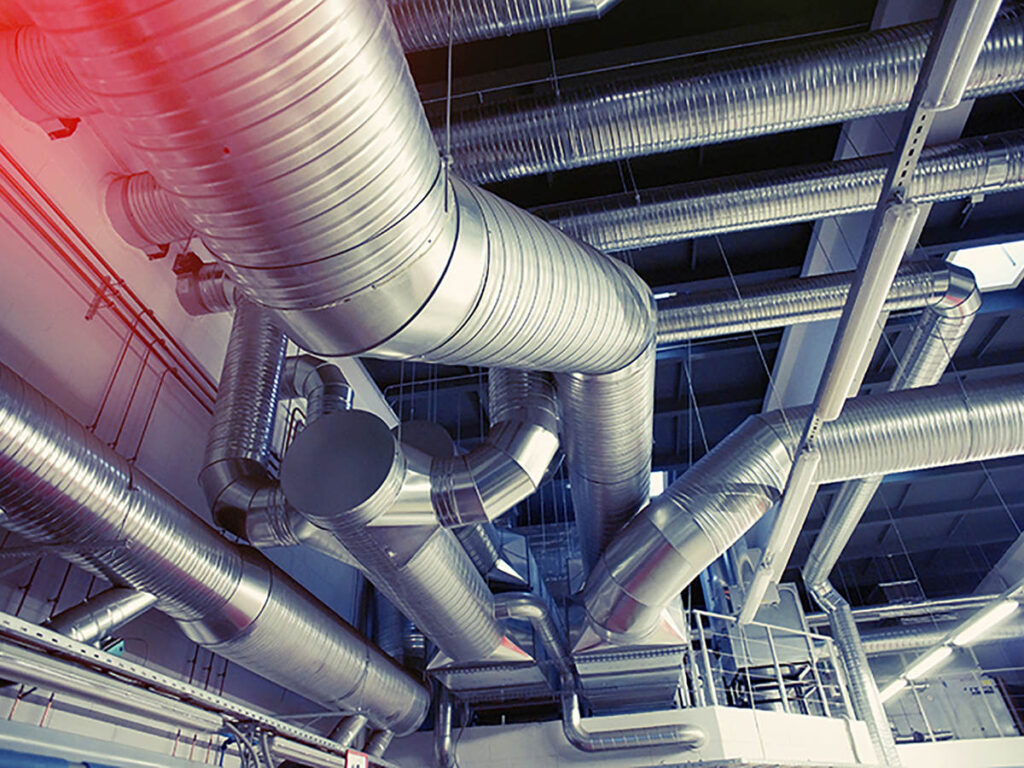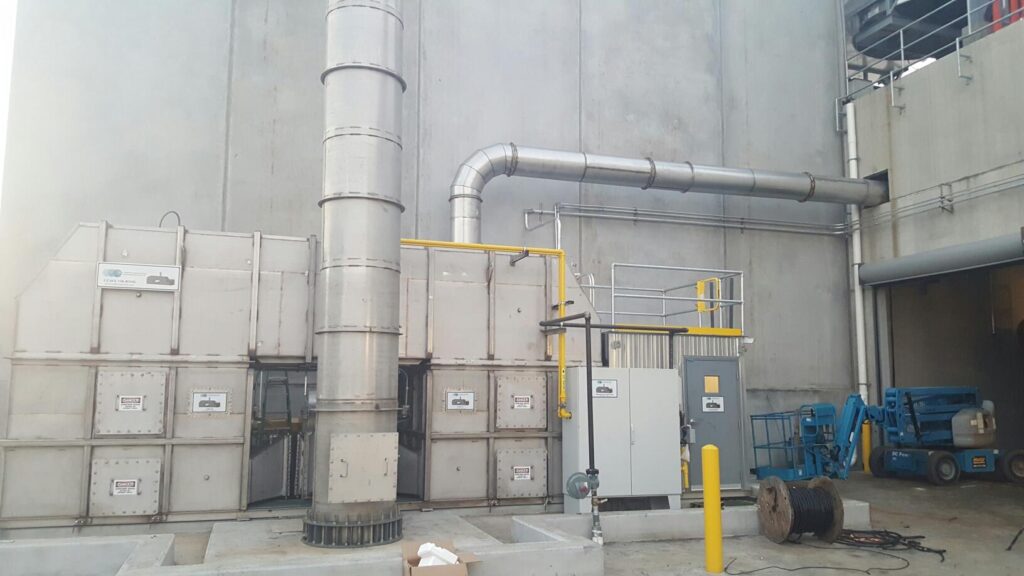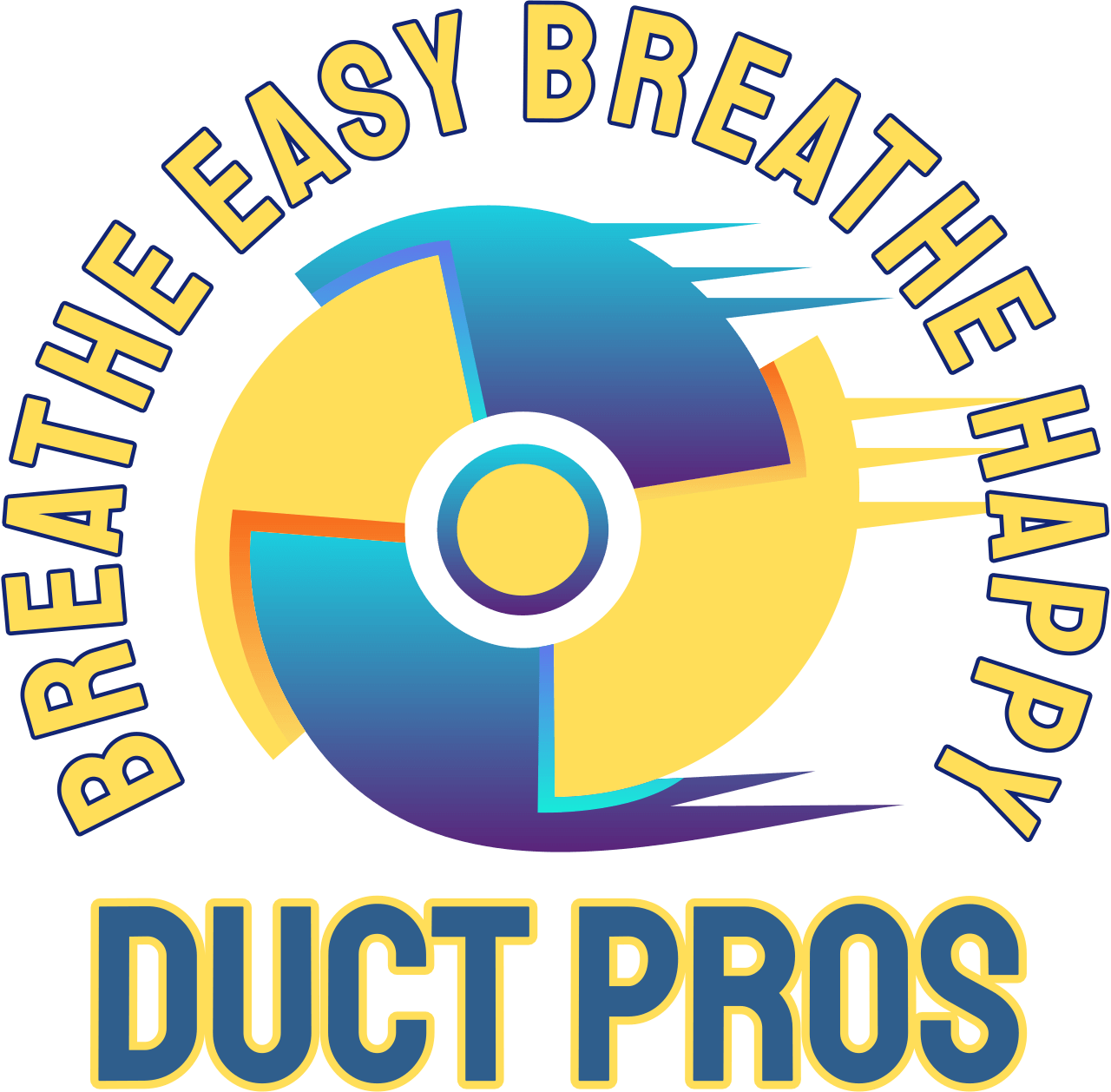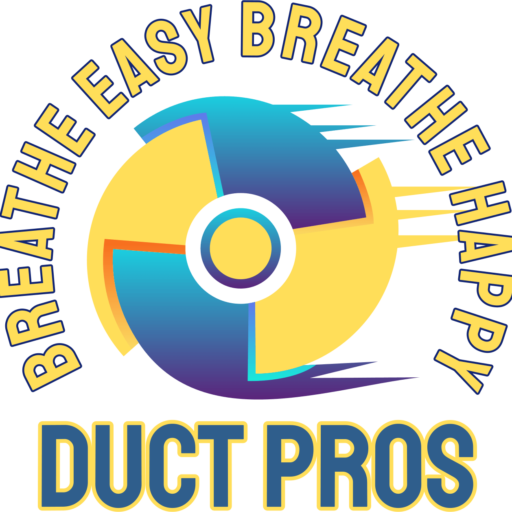Air quality within an industrial setting is often a topic of paramount concern. In factories and manufacturing facilities, a wide range of pollutants, contaminants, and particulate matter can be released into the air, affecting both the health of employees and the efficiency of machinery. To address these challenges, many factory owners and managers are turning to industrial duct cleaning as a means to improve air quality and overall operational performance. In this article, we will delve into the significance of industrial duct cleaning, the benefits it offers, and the process involved in achieving cleaner, healthier air in your factory.
The Importance of Air Quality in Factories
Air quality in industrial settings is essential for several reasons:
- Worker Health and Safety: Employees in factories are exposed to various airborne contaminants daily. Poor air quality can lead to health issues such as respiratory problems, allergies, and occupational diseases. Maintaining clean air is not only a legal obligation but also a moral responsibility for employers.
- Machine Efficiency: Dust and pollutants in the air can lead to machinery breakdowns and reduced efficiency. Clean air helps machines run smoothly, reducing downtime and maintenance costs.
- Product Quality: In many industries, product quality depends on the cleanliness of the air. Contaminants in the air can compromise the quality of products, leading to defects and customer complaints.
- Environmental Compliance: Factories must comply with environmental regulations, which often include air quality standards. Failure to meet these standards can result in fines and legal consequences.
Benefits of Industrial Duct Cleaning
Industrial duct cleaning offers several compelling advantages for factories:
- Improved Air Quality: The most apparent benefit is the improvement of indoor air quality. By removing dust, debris, and contaminants from ducts, you provide cleaner air for employees to breathe.
- Energy Efficiency: Clean ducts allow for better airflow, which can reduce the energy consumption of HVAC systems. This translates to cost savings on utility bills.
- Increased Productivity: Healthier employees are more productive. Improved air quality can lead to fewer sick days and higher morale among workers.
- Longer Equipment Lifespan: Clean air reduces wear and tear on machinery, extending its lifespan and reducing repair and replacement costs.
- Compliance: Regular industrial duct cleaning helps factories remain compliant with environmental regulations, avoiding fines and penalties

The Industrial Duct Cleaning Process
Industrial duct cleaning is a systematic and comprehensive process that involves several steps:
- Initial Assessment: The process begins with an initial assessment of the factory’s air quality and the condition of the ductwork. This assessment identifies areas of concern and helps determine the appropriate cleaning approach.
- Preparation: Before the cleaning process, the factory must prepare by shutting down or isolating the HVAC system to prevent contaminants from spreading during cleaning.
- Duct Inspection: Technicians use specialized equipment, such as remote cameras and probes, to inspect the ducts’ interior. This inspection helps identify problem areas and assess the extent of contamination.
- Cleaning: The actual cleaning process involves using powerful vacuum systems and agitation devices to dislodge and remove dust, debris, and contaminants from the ductwork. Technicians work systematically to ensure all areas are thoroughly cleaned.
- Filter Replacement: In conjunction with duct cleaning, it’s crucial to replace air filters. Clean filters help maintain air quality and system efficiency.
- Post-Cleaning Inspection: After cleaning, a post-cleaning inspection is conducted to ensure that all contaminants have been effectively removed. Any remaining issues are addressed during this stage.
- Documentation: Proper documentation of the cleaning process is essential for compliance and future reference. It includes before-and-after photos, inspection reports, and records of work performed.
- Regular Maintenance: To maintain improved air quality, regular maintenance and scheduled duct cleaning should be part of the factory’s ongoing maintenance plan.
Challenges and Considerations
While industrial duct cleaning offers numerous benefits, there are some challenges and considerations to keep in mind:
- Cost: The cost of industrial duct cleaning can vary depending on the size of the facility and the extent of contamination. However, it’s essential to view this cost as an investment in the health and efficiency of your factory.
- Downtime: Shutting down or isolating HVAC systems during cleaning can result in downtime. Proper planning can help minimize disruptions to production.
- Choosing the Right Contractor: Selecting a reputable and experienced industrial duct cleaning contractor is crucial. Look for companies with relevant certifications, a history of successful projects, and positive references.
- Compliance: Ensure that the cleaning process complies with local and federal regulations. Failure to do so can lead to legal issues.

Conclusion
Improving air quality in your factory through industrial duct cleaning is a proactive and strategic move that pays off in numerous ways. Not only does it create a healthier and more productive work environment, but it also contributes to the longevity of your equipment and helps you meet environmental compliance standards. To enjoy these benefits, it’s essential to approach industrial duct cleaning as an integral part of your facility’s maintenance plan, investing in the well-being of your employees and the efficiency of your operations.

